Claustral and semi-claustral queen ants have different colony founding strategies, and as a result, require different setups for successful colony establishment. Here's an overview of the differences between a claustral queen colony founding setup and a semi-claustral queen colony founding setup:
Claustral Queen Colony Setup
1. Test tube setup

A test tube setup is a popular method for establishing a colony with a claustral queen. A clean, dry test tube is filled with a small amount of water and plugged with cotton. The queen is then placed in the test tube, where she can dig a small chamber in the cotton to lay her eggs.
2. Nest Box
A small nest box can be used for some species of claustral queen ants. The box should be small enough to prevent the queen from escaping and have a small entrance hole. It should be filled with a suitable substrate, such as sand or soil, and a water source

3. Minimal disturbance
Claustral queens are sensitive to disturbances, so it's important to keep the setup in a quiet and undisturbed area. Minimal handling of the queen is necessary during the founding process, as she will rely on stored nutrients for sustenance.
Visit our SHOP for more information about equipment.
Semi-Claustral Queen Colony Setup
1. Test Tube Setup with Food
A test tube setup can also be used for a semi-claustral queen, but with the addition of a small amount of food. The food should be a source of protein and carbohydrates, such as a small piece of insect or honey water. The queen will consume the food and then store the nutrients for later use.

2. Small Container
A small container with a substrate, such as sand or soil, and a water source can be used for some species of semi-claustral queen ants. The container should also have a small amount of food available, as the queen will need to feed herself and her developing brood.

3. Provisioning

Semi-claustral queens will require periodic feeding as they forage for food, so it's important to monitor their food supply and provide fresh food as needed. It's also important to maintain the appropriate temperature, humidity, and lighting conditions for the specific species being cared for.
(Visit our SHOP for more information about equipments.)

Claustral and semi-claustral queen ants have different requirements during the colony founding process, and it's important to provide a suitable setup to increase the chances of success. By understanding the specific needs of each type of queen, it's possible to provide the appropriate environment for successful colony establishment. To learn more about ant keeping and the ultimate ant-keeping handbook, check out http://www.antscanada.com/shop/the-ultimate-ant-keeping-handbook-e-book/.
For any further inquiries or questions about ant keeping, feel free to contact us at (415) - 690 - 7377 or email us at plantedants@gmail.com. We are always happy to assist you in your ant-keeping journey!

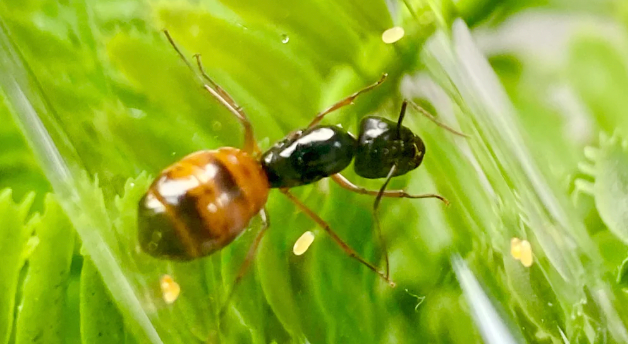
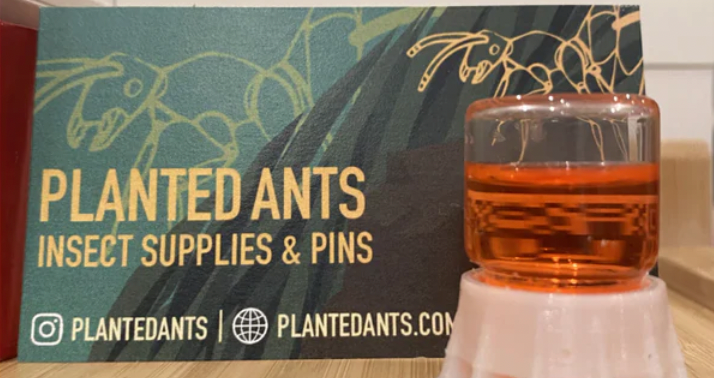
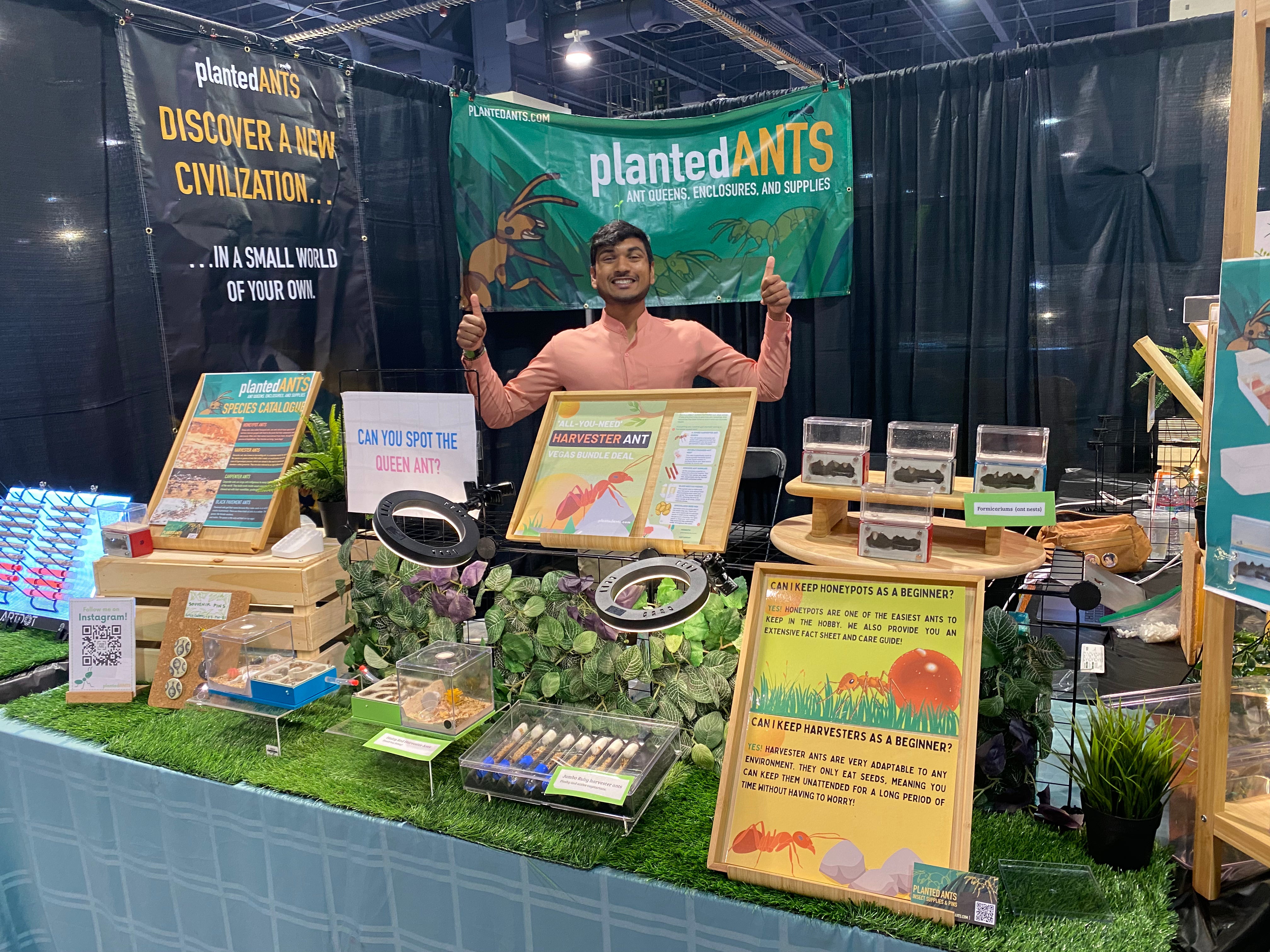
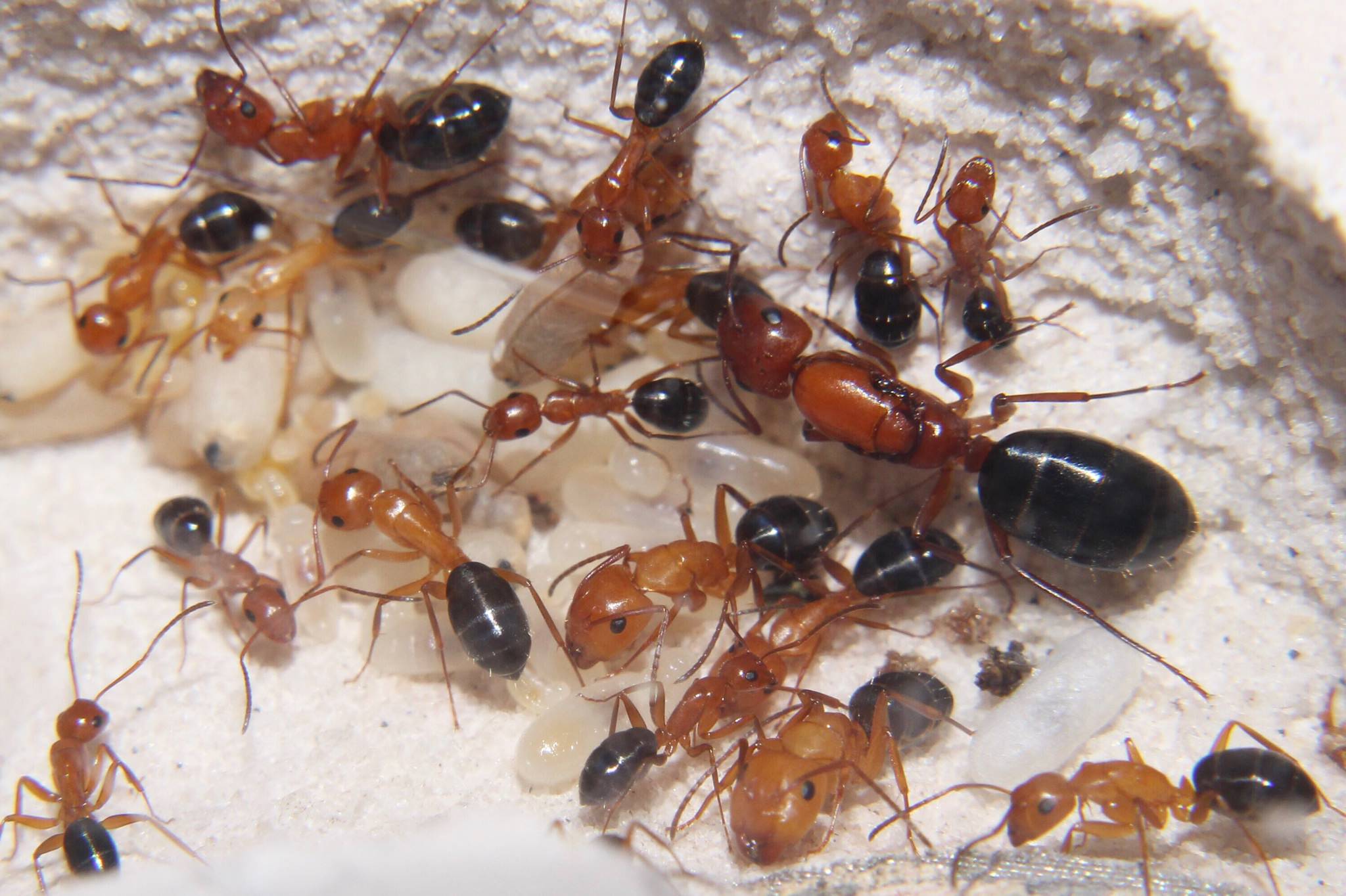
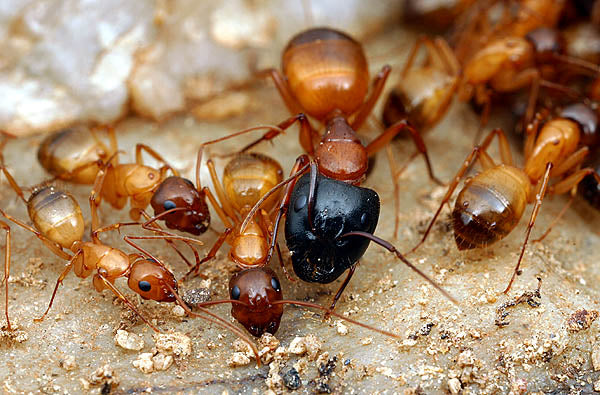

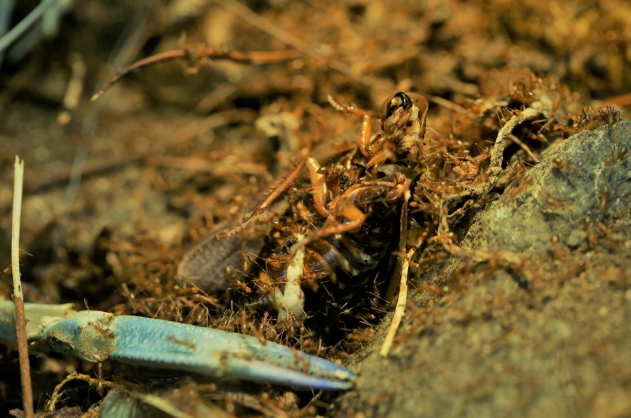
Leave a comment
This site is protected by hCaptcha and the hCaptcha Privacy Policy and Terms of Service apply.